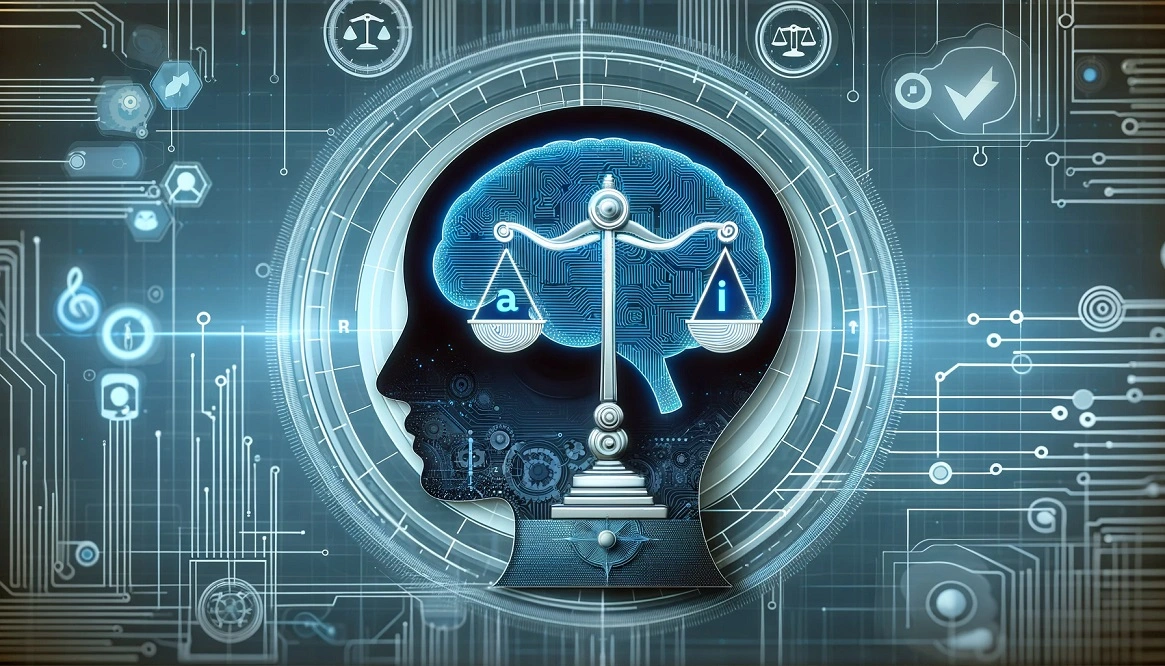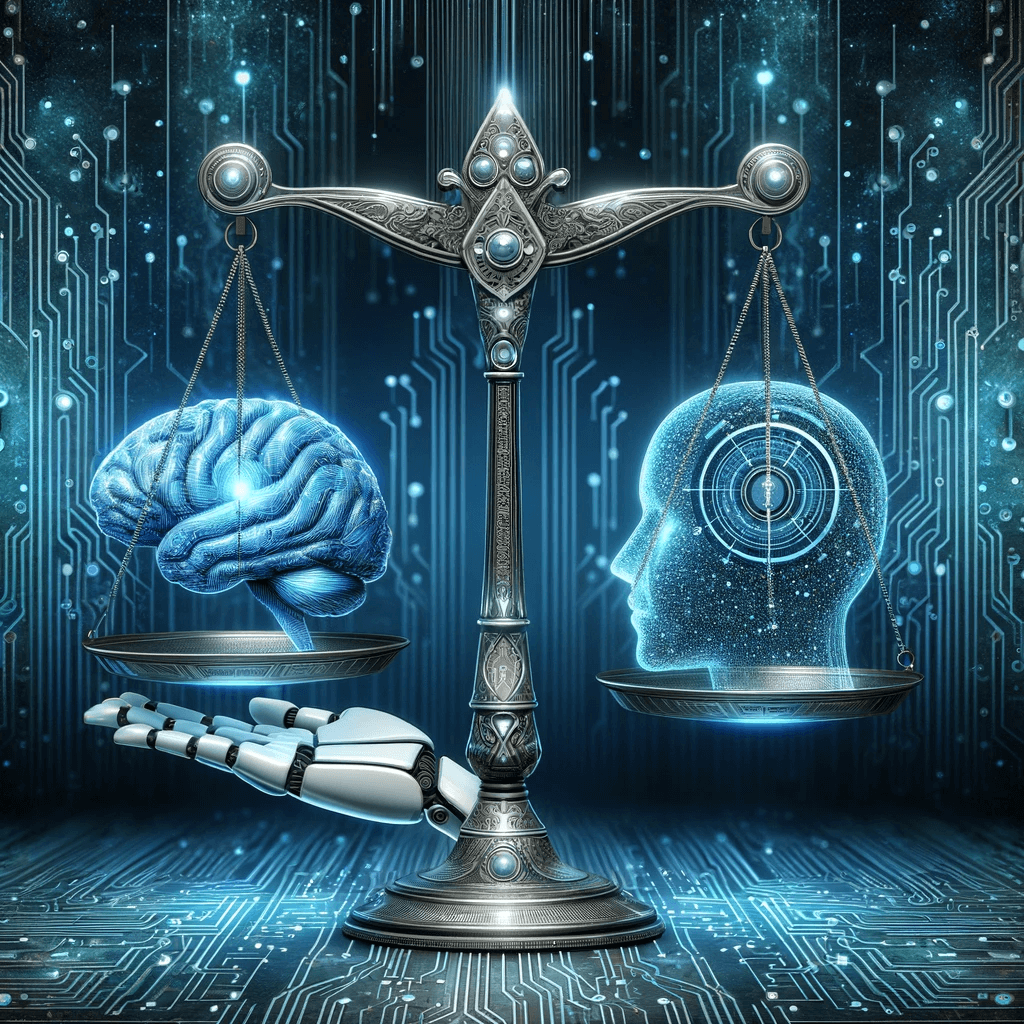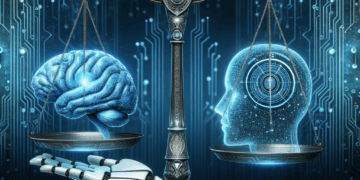The relentless pace of technological advancement, particularly in Artificial Intelligence (AI) and Machine Learning, has ushered in an era of unprecedented capability. AI is no longer confined to laboratories; it is integrated into the fabric of daily life, driving autonomous vehicles, managing financial portfolios, making hiring decisions, and influencing global communication.
This ubiquity has brought with it a profound and urgent need for a robust framework of Tech Ethics. The decisions embedded within algorithms now carry significant real-world consequences, impacting fairness, liberty, democracy, and human dignity. Navigating the AI Age requires moving beyond simply asking if we can build a technology, to rigorously asking should we, and how do we ensure it serves humanity’s best interests. This is the central challenge of the 21st century.
For businesses and organizations, ethical technology is not just a moral obligation; it is rapidly becoming a commercial imperative. Public scrutiny, regulatory pressures (like the EU’s AI Act), and consumer distrust of opaque systems translate directly into market risk, reputational damage, and financial penalties.
Therefore, establishing clear ethical guidelines, promoting algorithmic transparency, and mitigating embedded bias are now critical components of business strategy, risk management, and long-term brand equity. This detailed analysis explores the core ethical battlegrounds of the AI Age, the imperative for responsible development, and the crucial steps needed to ensure technology remains a force for good.
A. The Foundational Ethical Pillars of AI Governance
Effective tech ethics is built upon several core, interconnected principles that must guide the entire lifecycle of AI systems, from conception and training to deployment and oversight.
- Transparency and Explainability (XAI): AI systems must not operate as “black boxes.” Users and regulators need to understand how a system arrives at a decision. A. Algorithmic Accountability: In high-stakes domains like credit scoring, criminal justice, or medical diagnosis, individuals affected by an AI decision have the right to an explanation that is understandable and actionable. B. Data Provenance: Developers must be transparent about the data used to train the model, including its source, collection methods, and any inherent limitations or biases present.
- Fairness and Non-Discrimination: AI systems must treat all groups and individuals equitably, avoiding the replication and amplification of historical human biases. C. Mitigating Systemic Bias: Actively auditing models for bias related to protected characteristics (e.g., race, gender, age) and implementing techniques to balance training data or adjust decision thresholds to ensure fair outcomes. D. Equal Opportunity: Ensuring AI used in hiring, loan approval, or university admissions does not unfairly disadvantage specific demographic groups, thus protecting equality of access.
- Safety and Robustness: AI systems must be reliable, secure, and resilient to malicious attacks or unforeseen errors, particularly in autonomous systems that interact with the physical world. E. Security Against Adversarial Attacks: Protecting AI models from subtle data manipulations (adversarial examples) designed to trick the system into making incorrect classifications (e.g., confusing a stop sign for a speed limit sign). F. Failure Tolerance: Building in robust fail-safes and defining clear chains of human command for situations where autonomous systems encounter novel or dangerous circumstances.
- Privacy and Data Integrity: The vast data collection required for modern AI must be balanced with the fundamental right to individual privacy and control over personal information. G. Privacy-Enhancing Technologies (PETs): Utilizing advanced cryptographic techniques (like Federated Learning and Differential Privacy) to train models on decentralized or anonymized data, minimizing the exposure of sensitive personal information. H. Data Minimization: Adhering to the principle of only collecting the absolute minimum amount of personal data necessary for the stated purpose, and ensuring its secure disposal when no longer needed.

B. Ethical Dilemmas in High-Stakes Applications
The application of AI in critical social systems forces specific ethical questions that require careful, sector-specific consideration.
- Autonomous Systems and Moral Responsibility: A. The Trolley Problem in Vehicles: Defining the pre-programmed moral hierarchy for an autonomous vehicle that must choose between two unavoidable harmful outcomes (e.g., swerving to hit one pedestrian versus staying the course and hitting a crowd). This requires codified ethical decision-making. B. Weapon Autonomy: Grappling with the ethics of “killer robots”—Lethal Autonomous Weapons Systems (LAWS)—and determining whether humans should ever delegate the final decision to take a human life to a machine.
- AI in Healthcare and Well-being: C. Informed Consent for Algorithms: Ensuring patients understand when their diagnosis or treatment plan is being influenced or determined by an AI, and what the inherent error rate of that system is. D. Algorithmic Paternalism: Avoiding systems that might override human autonomy or decision-making based purely on statistical prediction, even if the AI’s predicted outcome is “better” for the individual.
- AI in the Public Sphere (Democracy and Media): E. Mitigating Deepfakes and Misinformation: Developing ethical mandates and technological tools to label and suppress synthetic media that is designed to deceive or interfere with democratic processes. F. Censorship and Platform Responsibility: Debating the ethical line between allowing free speech and enforcing safety standards, especially when AI-driven content moderation systems are used to flag and remove harmful or extremist content.
C. The Business Case for Proactive Tech Ethics
Integrating ethics early in the development cycle is no longer a cost center; it is a long-term value driver that boosts financial performance and competitive advantage.
- Risk Mitigation and Regulatory Compliance (High CPC/Legal): A. Avoiding Fines: Proactive ethical compliance dramatically reduces the risk of massive fines imposed by regulators like the EU (under GDPR or the AI Act) for discrimination, transparency failures, or data breaches. This is a critical risk factor in high-CPC industries like finance and law. B. Investment Security: Firms with strong ethical governance attract significant ESG (Environmental, Social, Governance) investment capital, which is increasingly mandated by institutional investors.
- Building Consumer Trust and Brand Loyalty: C. Privacy as a Differentiator: Companies that offer “privacy-by-design” products and transparent data practices gain a competitive edge, as consumers are increasingly willing to pay a premium or switch brands to protect their personal data. D. Reputation Resilience: Ethical failures can cause catastrophic, irreversible damage to brand reputation. By demonstrating genuine commitment to fairness, companies build a reservoir of trust that protects them during inevitable technological errors or challenges.
- Attracting and Retaining Talent: E. Values Alignment: Top engineers, data scientists, and ethicists want to work for organizations that align with their personal values. A strong, visible commitment to responsible AI is essential for recruiting and retaining elite, high-value technical talent.
D. Operationalizing Ethics: From Principle to Practice
Ethical principles must be translated from abstract concepts into concrete, actionable steps integrated throughout the AI development pipeline—a process known as Responsible AI (RAI).
- Establishing Ethical Governance Structures: A. AI Ethics Boards/Committees: Creating multidisciplinary teams (including ethicists, lawyers, sociologists, and engineers) to review, approve, and audit high-risk AI projects before deployment. B. Data and AI Ethics Officers: Designating specific individuals responsible for driving ethical compliance and mediating ethical disputes within the organization.
- Integrating Ethics into the Development Cycle: C. “Ethics by Design”: Mandating that ethical considerations are addressed from the very beginning of a project, not retrofitted after the technology is built. This includes using privacy-preserving architectures from day one. D. Mandatory Bias Audits: Implementing automated and manual checks at every stage (data collection, model training, and deployment) to test for and correct discriminatory outcomes.
- Training and Culture: E. Cross-Disciplinary Training: Providing mandatory training for all employees—not just engineers—on the ethical implications of their work and how their roles contribute to the company’s ethical posture. F. Open Communication Channels: Creating a safe culture where employees are encouraged and rewarded for raising ethical red flags or questioning algorithmic decisions without fear of retribution.
E. The Future of Tech Ethics: Societal Interplay
As AI systems become more powerful and autonomous, the future of tech ethics will focus increasingly on the interplay between technology and fundamental societal structures.
- Human Autonomy and Meaningful Control: Defining what “meaningful human control” means when AI systems are making complex, real-time decisions. Ethical frameworks must ensure that humans retain the final authority and agency over critical outcomes.
- Digital Divide and Access Equity: Addressing the ethical imperative to ensure that the benefits of AI are broadly and equitably distributed, rather than exacerbating the digital divide between the technologically empowered and the marginalized.
- Ecological Impact: Expanding tech ethics to include the environmental cost of AI, specifically the immense energy consumption required for training massive LLMs and data centers. Ethical development must prioritize energy efficiency and green computing practices.
- Regulation and Global Harmonization: The future will require greater global cooperation to harmonize ethical standards. Organizations like UNESCO and the OECD are working toward global principles, which will eventually be translated into cross-border regulatory agreements necessary for the international digital economy.

Conclusion
In conclusion, Tech Ethics is the foundational operating principle for success in the AI Age. It is the crucial lens through which we must evaluate innovation. By proactively establishing robust governance, ensuring algorithmic fairness and transparency, and committing to ethical deployment, businesses can transform potential risks into decisive competitive advantages, building public trust and ensuring that the revolutionary power of AI is harnessed for a future that is fair, safe, and beneficial to all of humanity.







